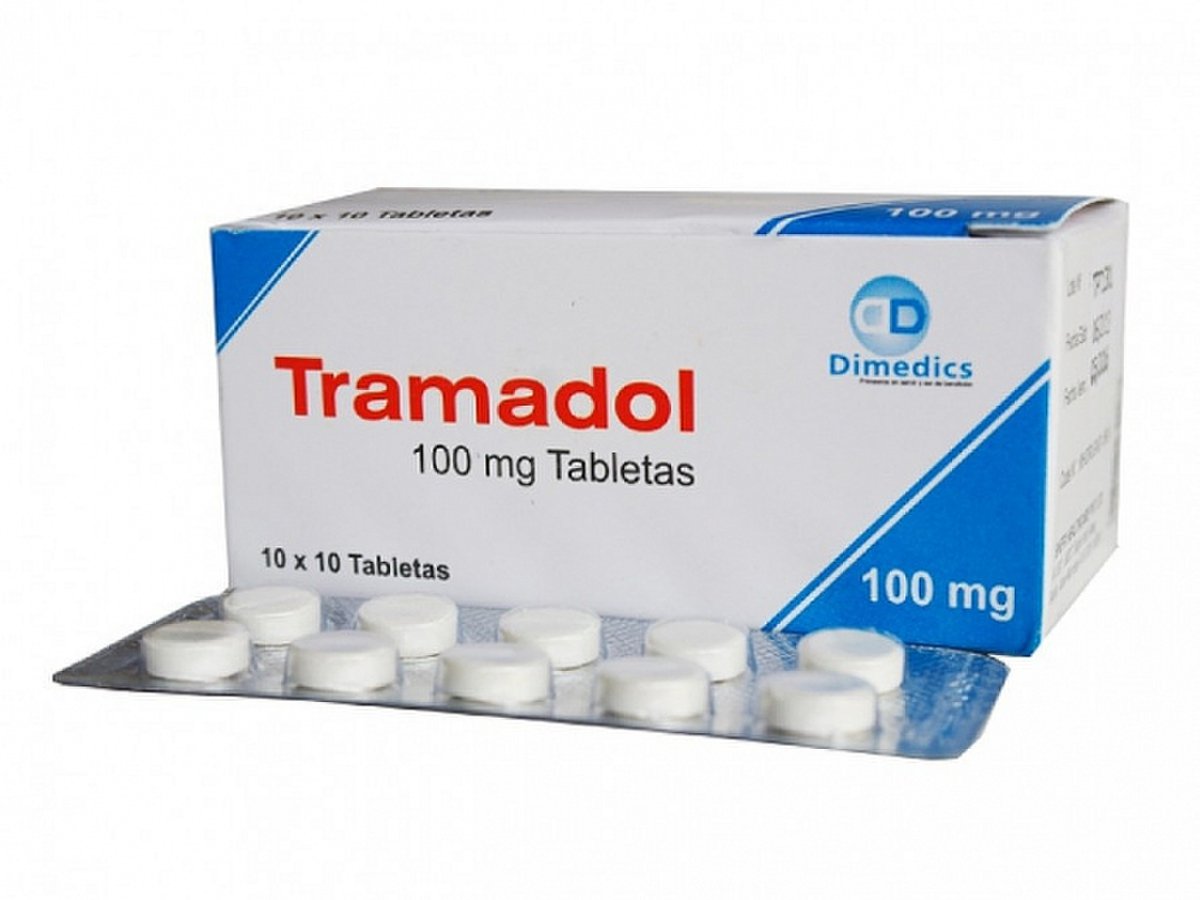- You have no items in your shopping cart
- Continue Shopping
Tramadol is a prescription pain medication used to treat moderate to moderately severe pain. It belongs to the class of drugs known as opioid analgesics, which work by altering the way the brain and nervous system respond to pain. Available in 100 mg and 200 mg doses, Tramadol provides effective pain relief for various conditions, including post-surgery pain, chronic pain, and injury-related pain.
Benefits
- Effective Pain Relief: Tramadol is highly effective in reducing pain levels, helping patients manage discomfort from various sources.
- Versatile Use: Suitable for both acute and chronic pain, making it a flexible option for different pain management needs.
- Extended-Release Form: The 200 mg dose is often available in an extended-release form, providing longer-lasting pain relief with a single dose.
- Improved Quality of Life: By effectively managing pain, Tramadol can significantly improve the quality of life for individuals suffering from chronic pain conditions.
- Alternative to NSAIDs: Tramadol can be a suitable alternative for patients who cannot take nonsteroidal anti-inflammatory drugs (NSAIDs) due to gastrointestinal issues or other contraindications.
Side Effects
- Common Side Effects: Nausea, dizziness, constipation, headache, and drowsiness are among the most common side effects.
- Serious Side Effects: Potential for severe side effects includes respiratory depression, serotonin syndrome (especially when combined with other serotonergic drugs), and seizures.
- Dependency and Withdrawal: As an opioid, Tramadol carries a risk of physical dependence and withdrawal symptoms if used long-term or not properly tapered.
- Interaction with Other Medications: Tramadol can interact with other medications, including antidepressants, other opioids, and certain sedatives, which can lead to serious health risks.
- Allergic Reactions: Some individuals may experience allergic reactions, such as rash, itching, or swelling.
Important Considerations
- Prescription Use Only: Tramadol should only be used under the guidance of a healthcare provider and with a valid prescription.
- Dosage Management: It is crucial to follow the prescribed dosage and not to exceed the recommended amount to avoid the risk of overdose and severe side effects.
- Avoid Alcohol: Consuming alcohol while taking Tramadol can increase the risk of dangerous side effects, including severe drowsiness, dizziness, and respiratory issues.
- Not for Everyone: Tramadol may not be suitable for individuals with a history of substance abuse, certain medical conditions, or those taking specific medications. A thorough medical evaluation is necessary before starting Tramadol.
Conclusion
Tramadol 100/200 mg is a potent pain reliever that can significantly enhance the quality of life for those experiencing moderate to severe pain. While it offers numerous benefits, it is essential to use Tramadol responsibly and under medical supervision to minimize the risk of side effects and dependency.
Disclaimer: This description is for informational purposes only and does not replace professional medical advice. Always consult with a healthcare provider before starting any new medication.
You Might Also Like These:
Product Recently View
You have not recently viewed item.













Customer reviews
Reviews
There are no reviews yet.
Write a customer review